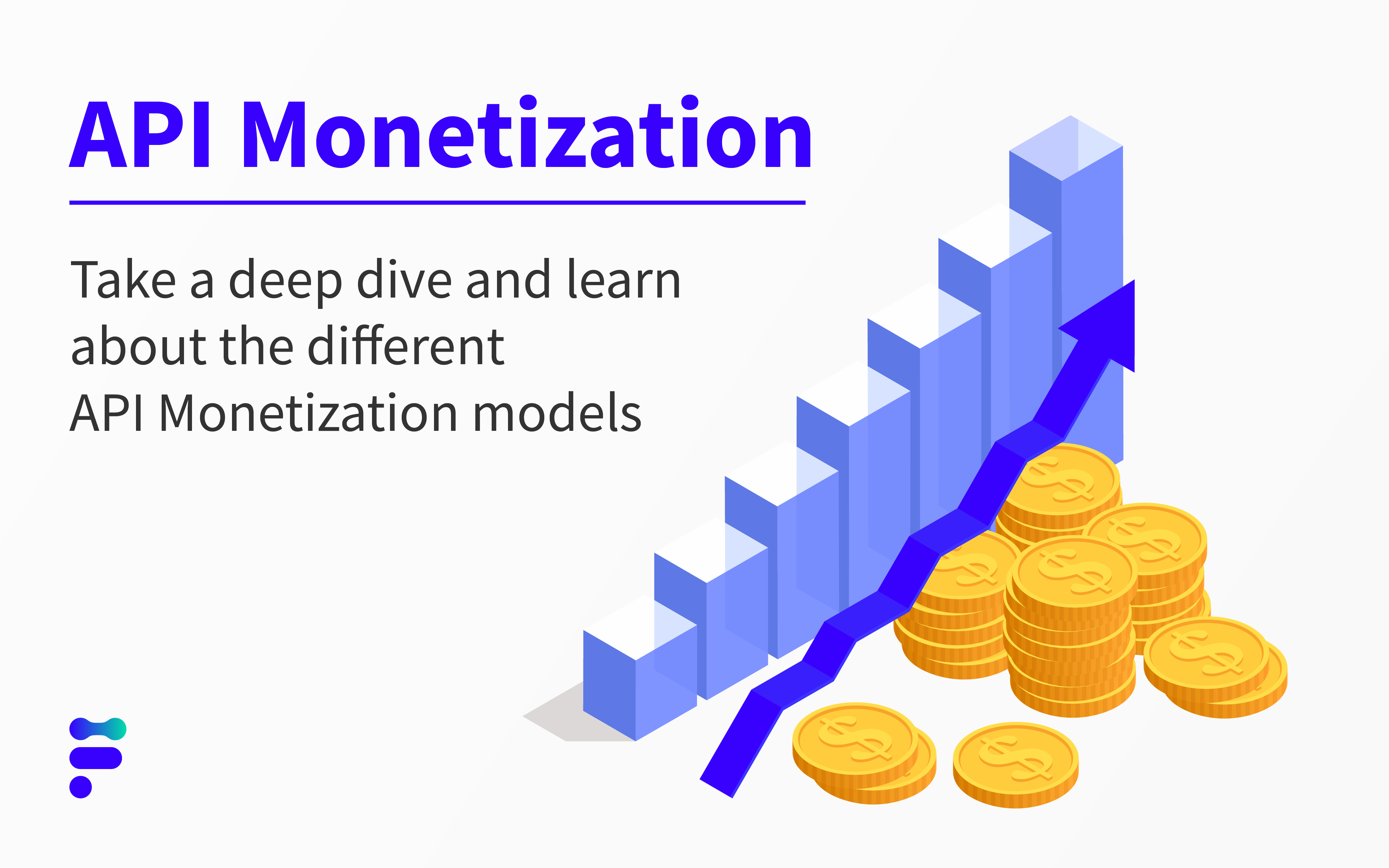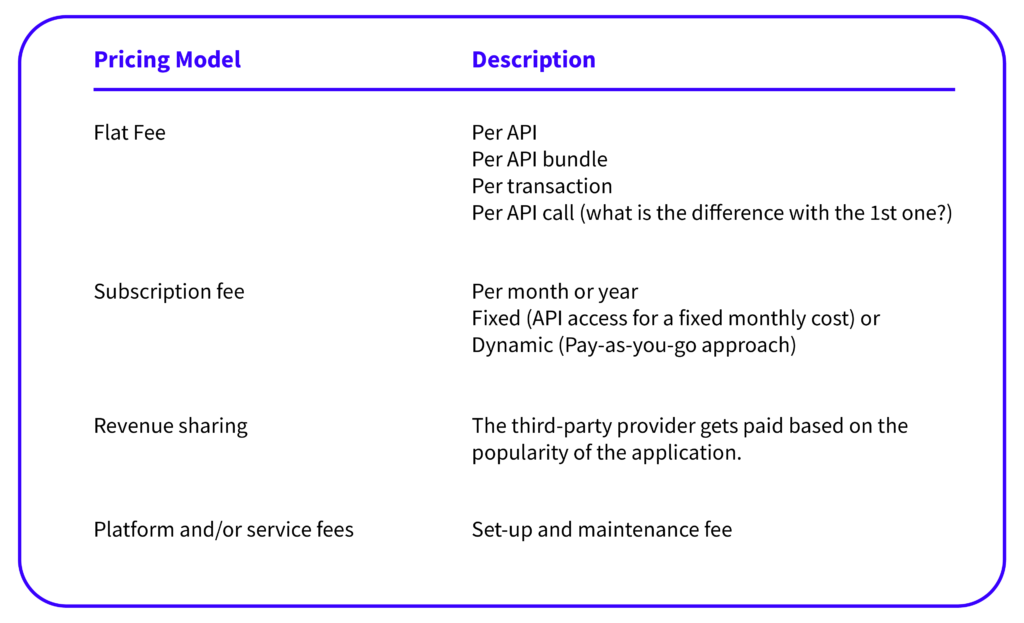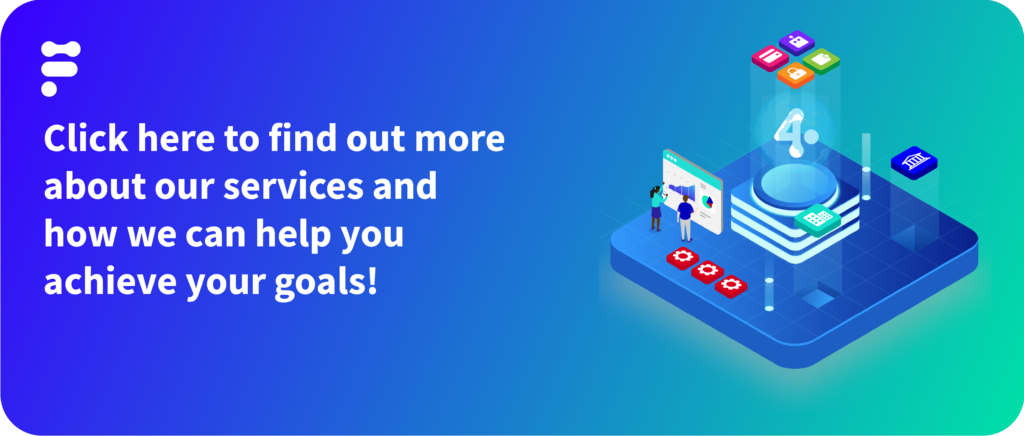
Let’s start from scratch: What is an API?
An API (Application Programming Interface) is a set of definitions and protocols for building and integrating application software. APIs provide opportunities for innovation, by facilitating the design of new tools and products. In other words, APIs are the mechanism that makes digital assets (functionality, data, access to certain product inventories, user bases, etc.) available to developers.
But APIs are not just system integrators, they are valuable products that can be monetized giving birth to the API Economy.
The API economy value chain has three participants:
API Provider. In charge of choosing which digital assets are available as APIs.
API Consumer. Also known as a developer, or third-party provider uses the API under certain terms and conditions.
End User/Customer. Benefits from the API usage through an application.
For a successful API monetization, all three parties must benefit from the use of the exposed API. The relationship is symbiotic; all participating parties generate value in a dynamic environment.
API monetization models
As Open Banking spreads, financial institutions are starting to formulate their API-based strategy. In most common business models, API usage is priced because the digital asset has a high value for the developer. An example is the credit check API (KYC) which is used by developers to validate that the customer is creditworthy. The pricing model may vary: Pay as you go, freemium, and tiered are the most popular. But not all APIs are monetized under the developer-pays figure.
In some cases, APIs are offered for free because their use brings indirect benefit (drives brand loyalty or adoption of other APIs) or the API consumer is internal. For example, Google or Facebook sign-in API can be integrated into any website for free.. In this business model, the developer acts like a selling agent. A typical example would be embedded advertising of API provider products in third-party provider sites or apps.
Which model to go for?

Among so many options, which model to go for? The answer is all of them. A successful API strategy has to be able to be molded and adapted to the business needs. API portfolios will include different APIs (high and low value, public and internal) and consumers will be heterogeneous (internal, external, partner), so a unique pricing scheme will not help. API providers should be able to offer more than a pricing model, the right combination between flat fees, subscriptions, and revenue sharing.
FinConecta is a global technology company that brings together digital solutions and businesses in the financial world and beyond. Our platform, 4wrd, accelerates digital transformation, innovation, and open banking, facilitating different use cases and new business opportunities.
Follow us on social media @finconecta
Contact us at contact@finconecta.com


